Gyeongju Daereungwon Ancient Tomb Complex (경주 대릉원 일원)
2.9 Km 13734 2022-12-26
9, Gyerim-ro, Gyeonju-si, Gyeongsangbuk-do
+82-54-750-8650
Gyeongju Daereungwon Tomb Complex consists of five tombs, Ancient Tombs of Gyeongju Nodong-ri, Noseo-ri, Hwangnam-ri, Hwango-ri, and Inwang-ri. The tombs are distributed in Hwangnam-dong, Gyeongju-si, and are located in the Daereungwon area. Within Daereungwon Tomb Complex is Cheonmachong Tomb, which was excavated in 1973. Furthermore, Hwangnamdaechong Tomb was excavated between 1973 and 1975, and is a set of twin tombs belonging to a presumed married couple.
Cheonmachong Tomb (Daereungwon Ancient Tombs) (천마총 (대릉원))
2.9 Km 110909 2023-07-14
9, Gyerim-ro, Gyeongju-si, Gyeongsangbuk-do
+82-54-743-1925
Daereungwon Ancient Tombs are one of the most well-known sights in Gyeongju, a history park home to 23 small and large ancient tombs. The area is dotted with tranquil trails among the tombs like the largest tomb in Hwangnam-dong, Hwangnamdaechong Tomb; Cheonmachong Tomb, the place where Cheonmado, a saddle flap painting, was excavated from; and the tomb of King Michu, nicknamed the “Tomb of the Bamboo Warrior.”
Cheonmachong Tomb, excavated in 1973, has a x_height of 12.7 meters and a diameter of 50 meters. Its excavation unearthed many artifacts, such as the famous Gold Crown from Cheonmachong Tomb. Its name comes from Cheonmado, a mudguard saddle flap with a painting of a heavenly horse. Cheonmachong Tomb is the only tomb in the Daereungwon Ancient Tombs to be opened to the public.
The tomb is thought to have been constructed between the late 5th century and early 6th century. Artifacts excavated from the tomb include a gold crown, gold cap, gold waist belt, gold diadem, and gilt-bronze shoes worn by the buried. The gold crown, in particular, is known as the largest and the most elaborate of all gold crowns unearthed in Korea. The artifacts themselves can be found in Gyeongju National Museum, so don’t miss the chance to see them in person.
Another must-visit site is the Daereungwon Magnolia Photo Area, a lone magnolia tree standing between the beautiful curves of ancient tombs.
Bitgguri (빛꾸리)
2.9 Km 1 2023-07-12
16-1 , Sonhyoja-gil, Gyeongju-si, Gyeongsangbuk-do
+82-54-777-4421
This cafe is located in a small alley near Cheonmachong Tomb (Daereungwon Ancient Tombs), in a renovated old hanok and yard. This place's seating is on the floor, so the traditional atmosphere comes alive. Bitgguri’s signature menu items are grilled saekdong injeolmi (bean-powder-coated rice cake) and tangerine ginger tea. Dig into the colorful rice cakes, grilled and coated with powdered soybeans, and traditional tea to fully enjoy the classic charms of Gyeongju. The rice cake is enjoyed together with a malt syrup called jocheong, a traditional substitute for honey. Tangerine ginger tea is a traditional tea made with tangerine and ginger. It is quite effective for colds and is full of natural vitamins, so one can feel healthy just by drinking the beverage. The café has a garden decorated with traditional earthenware pots and stone fences topped with tiles, allowing one to enjoy a charming view along with the dessserts. The cafe also hosts one-day classes, such as bojagi (square clothes made to be wrapped around items for transportation) making.
Yongganggukbap (용강국밥)
2.9 Km 171 2021-03-20
70, Bonghwang-ro, Gyeongju-si, Gyeongsangbuk-do
+82-54-745-6446
The locals’ favorite restaurant that sells Korean-style soups. The best menu at this restaurant is rice soup. This Korean dishes restaurant is located in Gyeongju-si, Gyeongsangbuk-do.
Hanokinn [Korea Quality] / 한옥人(한옥인) [한국관광 품질인증/Korea Quality]
2.9 Km 3 2021-03-29
19, Poseok-ro 1050beon-gil, Gyeongju-si, Gyeongsangbuk-do
This hanok (traditional Korean house) is located at the center of Hanok Conservation Area, known as Hwangnidan-gil Street. To the north lies the old alley that connects to Cheomseongdae Observatory. The house has sarangchae building, byeolchae building, and main building, which is used as a gallery and café, surrounding the grass lawn in the center. All rooms are equipped with ondol (under-the-heating system) and a red clay finish, and each room has a bathroom with shower facilities.
Sarangchae is a two-story hanok building with a hipped-and-gable roof. Its first floor is occupied by a double room and a family room, which can support up to 4 people. Byeolchae is a single-floor hanok with a gable roof, containing two double rooms and a raised floor space. The main building’s gallery contains a hanok experience room, cafe, restaurant, and a traditional tea room. A Korean-style breakfast is offered in the cafe, and the management also offers experience programs like tea ceremony, traditional games like yunnori (board game), and traditional musical instruments like janggo (hourglass-shaped drums) and gayageum (twelve-stringed zither).
Geumgwanchong Tomb (금관총)
3.0 Km 16785 2020-03-18
Noseo-dong, Gyeongju-si, Gyeongsangbuk-do
+82-54-779-6100
Geumgwanchong, located in Noseo-dong, Gyeongju, is a tomb from the Silla Kingdom (B.C. 57∼A.D. 935). It is one of the three tombs that belong to the Noseo-dong Tombs in downtown Gyeongju.
Geumgwanchong Tomb is regarded as the tomb of a king before or after the reign of King Ji-Jeung during the early 6th century (500~514). It is not known exactly to whom this tomb belongs.
It was found in September 1921, when the fief was chopped while a civilian was leveling the ground to widen his building land. The first relic found in this tomb was a gold crown, geumgwan, and so
the tomb took its name. Ornaments such as gold belts, earings, bracelets, saddlers and crockery of the Three Kingdoms Era (when Goguryeo, Baekje and Silla were separated, later unified by Silla in 676 AD) were dug up from the tomb. There were numerous relics, with beaded relics alone numbering over 30,000.
The original structure of Geumgwanchong was 13m high with a 50m diameter. The relics from this tomb were moved and are now
preserved at the Gyeongju National Museum.
Bomunho Lake (보문호)
3.0 Km 24260 2022-09-08
424-33, Bomun-ro, Gyeongju-si, Gyeongsangbuk-do
+82-54-745-7601
Bomunho Lake is a man-made lake 1,652,900 m² in size. It was built on the site of an old fortress in Myeonghwalsan Mountain in the east of Gyeongju in accordance with the Gyeongju Bomun Tourist Resort development plan. There are many leisure facilities and parks around the lake, including an international hotel and Gyeongju World. Bomunho Lake is very popular among bikers and walkers.
Unlike other cities or towns where cherry trees are only found in certain areas, Gyeongju is packed with cherry blossoms. In spring, the whole cityscape turns pink with the beautiful blossoms. The combination of the stunning trees reflected in the waters of Bomunho Lake and the trees of Bulguksa Park gracefully adorning the nearby temple make for particularly stunning sights. When a light breeze blows, cherry blossoms gently flutter down like satin snow flakes. The Gyeongju Cherry Blossom Marathon is held in April when the cherry blossoms are in full bloom.
Gyeongju Hwangnidan Street (경주 황리단길)
3.0 Km 0 2023-07-10
1080, Poseok-ro, Gyeongju-si, Gyeongsangbuk-do
Hwangnidan Street was originally known as “Hwangnam Keungil” near Poseok-ro, Hwangnam-dong. Its name comes from the combination of Hwangnam-dong and Gyeongnidan Street in Itaewon, Seoul, meaning the “Gyeongnidan Street of Hwangnam-dong.” The street is home to numerous restaurants, cafes, photo studios, and shops housed in traditional hanok buildings, making it popular among the younger generations in Korea. The street also demonstrates newtro aesthetics due to the remaining old and worn buildings built during the 1960s and the '70s. Hwangnidan Street is near Cheomseongdae Observatory, Daereungwon Ancient Tombs, and other major tourist sites, allowing the street to become a popular Gyeongju attraction as well.
Daereungmyojji (대릉묘찌)
3.0 Km 0 2024-04-08
1085 Poseok-ro, Gyeongju-si, Gyeongsangbuk-do
Try the unique combination of beaded ice cream and sweet rice cake, a traditional Korean dessert, at Daereungmyojji on Hwangridan Street near Daereungwon Ancient Tombs. The business offers take-out only, and there are no seats. Three menus are available: mugwort flavor sweet rice cake with pea filling, chocolate flavor sweet rice cake with filling made with Belgian dark chocolate, and sweet rice cake with red bean filling and crispy walnuts. Each serving of sweet rice cakes is cut into three or four pieces and served in a cup. In addition to being a unique dessert, the packaging has a cute rabbit drawing on it. The gift set contains eight pieces, perfect for people who want to enjoy a lot of desserts.
Gyeongju Country Club (경주컨트리클럽)
3.0 Km 12809 2015-02-16
182-98, Bomun-ro, Gyeongju-si, Gyeongsangbuk-do
+82-54-745-2228
Gyeongju Country Club is located within Bomun Tourism Area with spectacular scenery of the Bomun Lake. It is within 15 minutes from Gyeongju and is aiming to become the best golf course in Korea.
The characteristic of Gyeongju Country Club is "Light Golf" which has enabled players to play golf at night and at daybreak under perfect light settings. It is located in Gyeongju, which is a tourism city, attracting the attention of tourists who love golf.

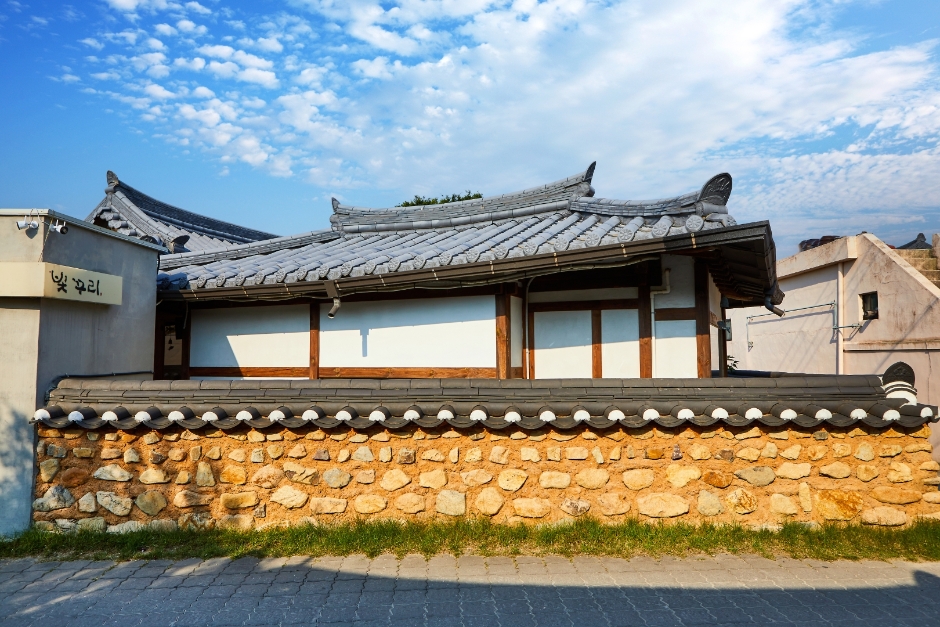
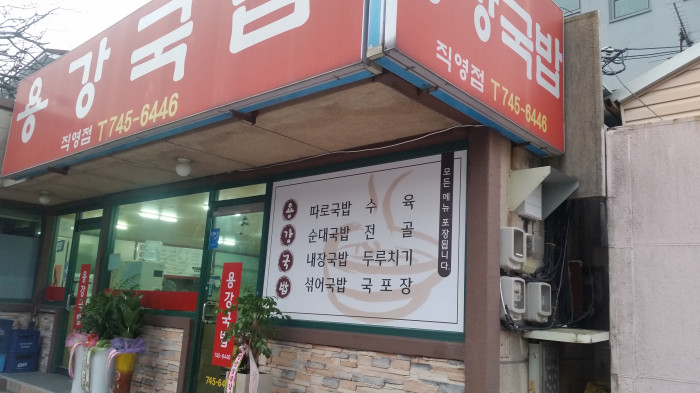
![Hanokinn [Korea Quality] / 한옥人(한옥인) [한국관광 품질인증/Korea Quality]](http://tong.visitkorea.or.kr/cms/resource/65/2707565_image2_1.jpg)
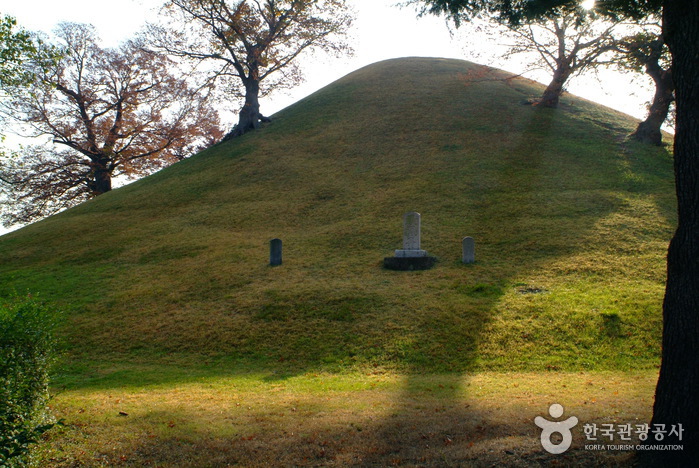
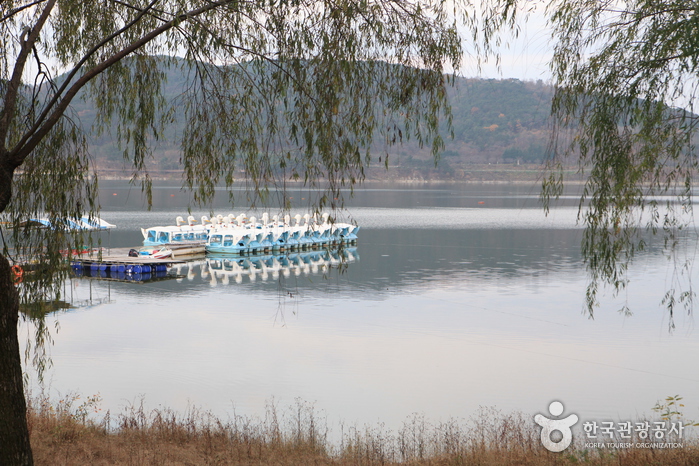
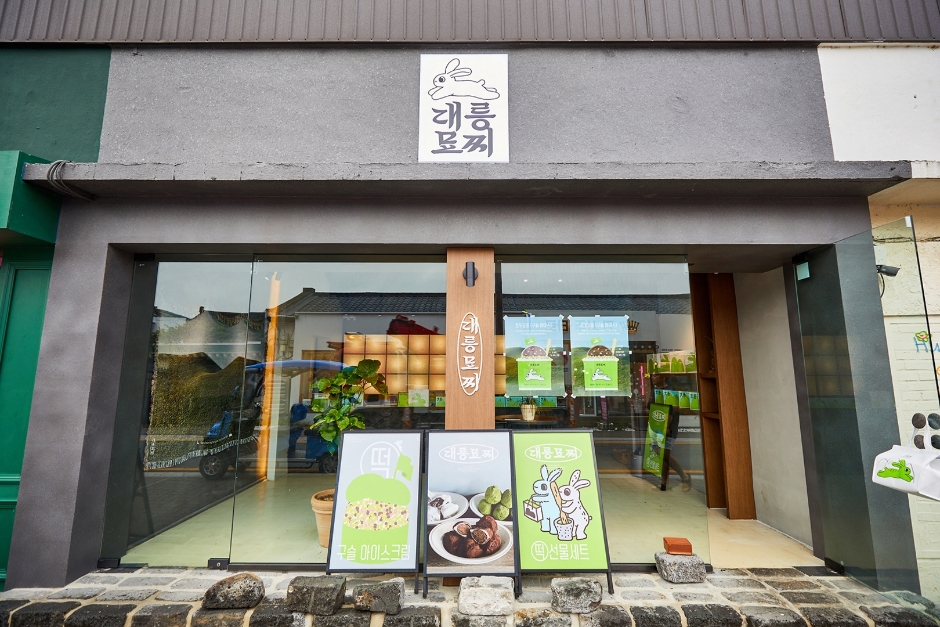
 English
English
 한국어
한국어 日本語
日本語 中文(简体)
中文(简体) Deutsch
Deutsch Français
Français Español
Español Русский
Русский